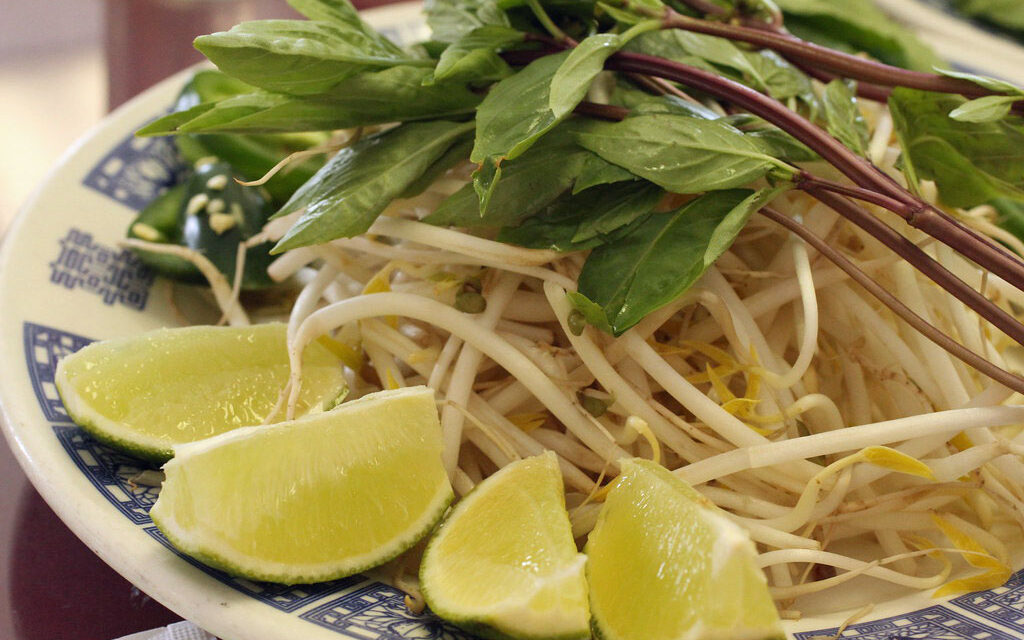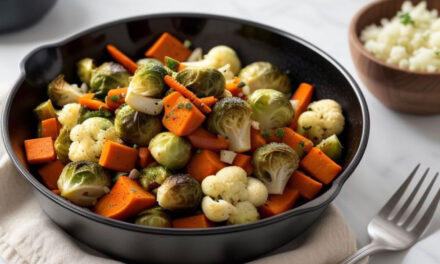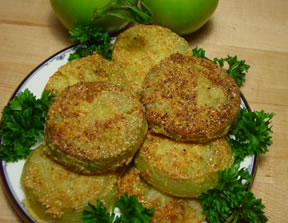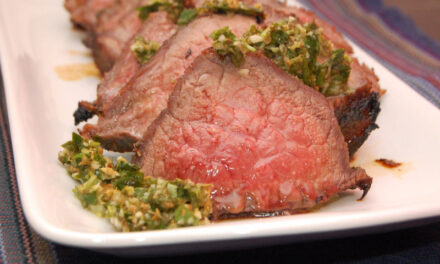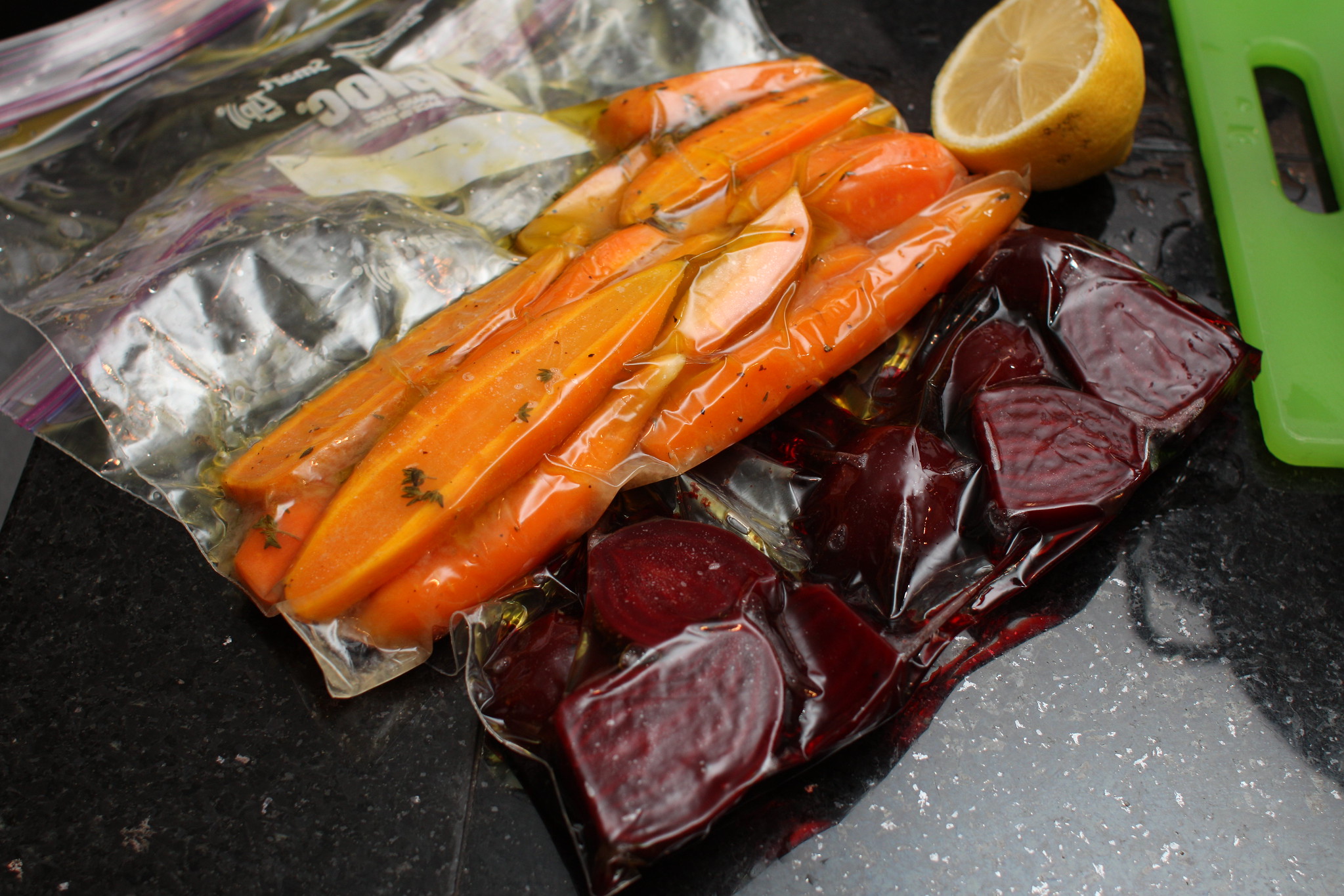Garnishing is the culinary technique of decorating or finishing a dish with an edible item to enhance its visual appeal, texture, and flavor. A well-executed garnish not only elevates the presentation but can also complement the main ingredients. It’s an art that requires creativity, balance, and a good understanding of how to enhance both the flavor and aesthetic of a dish.
How to Garnish:
- Choose Complementary Flavors: The garnish should complement, not overpower, the dish. For instance, fresh herbs like basil or cilantro can enhance salads and pasta dishes, while a sprinkle of grated cheese or crumbled bacon can elevate a hearty soup.
- Consider Color and Texture: Garnishes are a great way to add contrast. Use vibrant colors like red peppers, carrots, or edible flowers to brighten a plate. Texture is equally important; consider crispy garnishes like fried shallots or croutons to contrast with creamy or tender dishes.
- Garnishing Techniques:
- Chopping/Mincing: Fresh herbs such as parsley, chives, or mint can be finely chopped or minced to sprinkle on dishes.
- Carving: Carving vegetables, such as flowers from radishes or intricate patterns in cucumbers, adds an elegant touch.
- Slicing: Thin, precise slices of fruits, vegetables, or cheeses can create a polished look for salads or appetizers.
- Zesting: A touch of citrus zest adds both flavor and a pop of color to dishes like seafood or desserts.
Common Types of Garnishes:
- Herbs: Parsley, cilantro, basil, chives, thyme.
- Edible Flowers: Nasturtiums, pansies, and violets.
- Vegetables: Carrot curls, cucumber ribbons, or radish slices.
- Fruits: Citrus wedges, apple or pear slices, pomegranate seeds.
- Nuts & Seeds: Toasted almonds, pine nuts, sesame seeds.
- Spices: Paprika, black pepper, cinnamon, or cocoa powder.
Why Garnishing is Important:
- Visual Appeal: A well-garnished dish instantly attracts the eye, making food more appetizing.
- Flavor Enhancement: Garnishes can add a layer of freshness, crunch, or spice, enhancing the flavor profile.
- Professionalism: Garnishing shows care and attention to detail, often signaling high-quality presentation.
Garnishing is not just about decoration; it’s about enhancing the overall experience of a dish, making it visually stunning and even more delicious.

